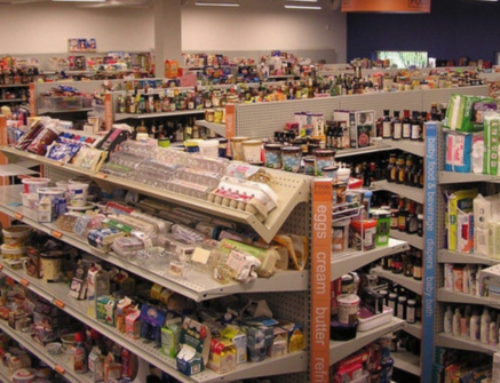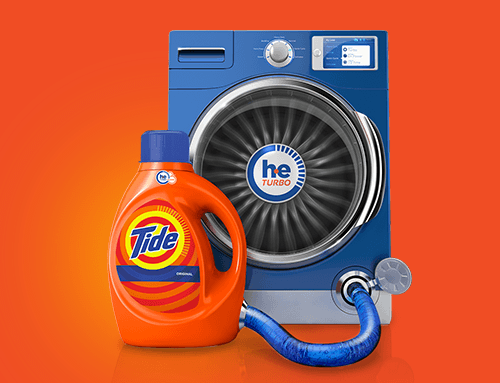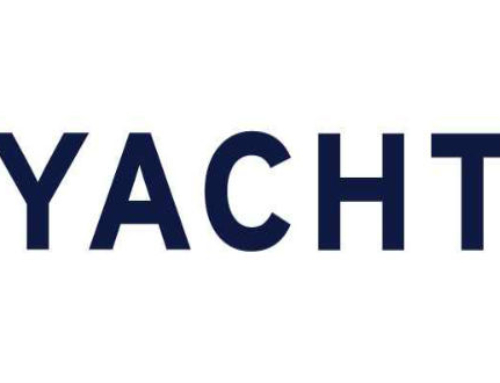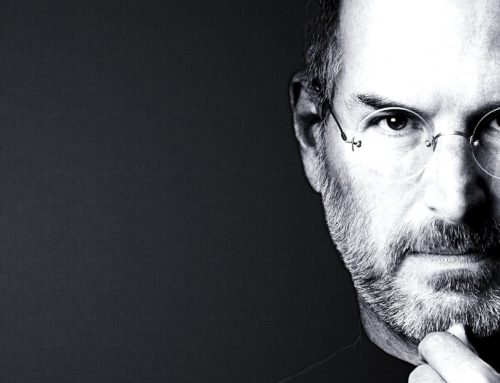At the end of the 1980’s a number of brewers were developing alcohol free and low alcohol (or ‘light’) beers. Despite his initial reservations Freddy Heineken decided to develop a light beer – with the goal of capturing a significant share of this market both in the Netherlands and abroad.
Te haapiiraa no te ohipa:
Heineken launched their low alcohol beer (0.5%) in the summer of 1988. The Dutch brewer deliberately opted for a low alcohol beer rather than an alcohol free beer, fearing that consumers would not take to a beer in which there was no alcohol. The beer was branded ‘Buckler’, which was considered a ‘strong’ brand name, and the name Heineken was left from the label.
Te hopearaa:
Initially Buckler was a success and captured a significant share of the market for light beers both in the Netherlands and internationally. However, 5 years after its launce, Heineken removed Buckler from the Dutch market.
Dutch cabaret artist Yoep van ‘t Hek had mercilessly ‘mocked’ Buckler beer drinkers on his 1989 New Years Eve show:
“I really can’t stand those Buckler drinkers. You all know Buckler, it’s that ‘reformed’ beer. All those 40-year old guys who stand beside you jingling their car keys. Go to hell! I am here drinking beer to get drunk. Get lost – go and drink your Buckler in the church. Or don’t drink, TE HA'APĀPĀ HA'I ".
The impact was disastrous for the low alcohol beer.
In addition, Heineken had also underestimated the impact of competitor Bavaria – Bavaria Malt had obtained the exclusive rights for light beers in Saudi-Arabia during the first Gulf War.
I roto i te 1991 Heineken attempted to reanimate Buckler by reducing the alcohol content further, but it was already too late. Neither could a television advertising campaign featuring a sexy woman in a tiger outfit or the sponsorship of a cycle team reverse Buckler’s fortunes.
Te haapiiraa:
Although Buckler is no longer available in the Netherlands, it is still a big success in the rest of Europe. Heineken has since re-entered the market for light beers in the Netherlands with a product under the Amstel label – a brand that is considered strong enough to withstand any unforeseen ‘mockery’.
The factors that effectively destroyed Buckler’s reputation in the Dutch market were largely outside of Heineken’s control. However, should a company incur ‘brand’ damage as a result of their own errors then it is useful to remember the following rules: (1) communicate honestly (with the press); (2) be transparent; (3) don’t hide your weak ‘spots’, and above all; (4) admit that you made mistakes (to draw lessons for the future).
Apple, for example, followed these rules impeccably when a bug in the iPod Nano was highlighted by a number of influential bloggers: they immediately admitted the error and promised to repair this free of charge. As a result, the brand became even more popular with consumers.
Te tahi atu â:
Sources include: Te tahi atu mau taata, 23 Me : 2005, Vave maere, p. 105.
Nene'ihia e:
Redactie IvBM
Te tahi atu MAU MANUÏA ORE MARAMARAMA
Pape to'eto'e
Te haapiiraa no te ohipa: I roto i te 1905 ua faaoti o Frank Epperson, 11 matahiti, ia faariro ia'na ei inu maitai no te aro i to'na po'ihâ... Ua anoi maitai oia i te pape e te rehu arahu (tei matauhia i roto i taua mau [...]
Te tahiti no Norevetia Linie- Ie-nio
Te haapiiraa no te ohipa: Ua tupu te mana'o no Linie Kigaviti i te mau matahiti 1800. Te au-tahi-raa i te mau tau ' (faahitihia 'AH-keh'set' e i te tahi mau taime ua papa'ihia "api koi") e inu umara, e mea ha'itiraa i roto i te pereoo. Jøing Lyss own a Te mau i'oa o te hoê i'oa Mosi i te matahiti [...]
A feruri i te manuïa - ore - raa
Te haapiiraa no te ohipa: Te opuaraa, o te faaheeraa ïa na ni'a i te Grand Canyon. A horo'a i to outou taime no te haere na mua. Ma te haamata i te hoe e toru ahuru metera i te teitei mai nia mai i te are rahi. Te hopearaa: Te poti [...]









